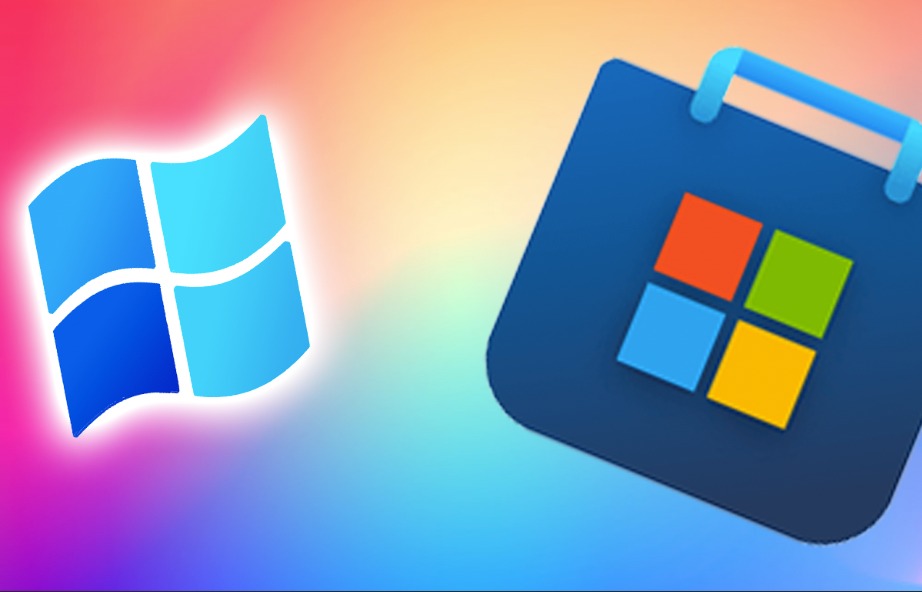Microsoft Windows being a SaaS (Software as a Service) solution sends constant updates to its OS like Windows 11, Windows 10, etc. in order to keep the service security policy updated, fix existing bugs, improve performance, add additional features, and so on. This is done automatically. All you have to have is a reliable internet connection, and Microsoft Windows will take care of the rest.
It may sound totally reasonable to let your Automatic Update Feature download and install updates automatically, but in reality, it isn’t the complete story. The quality of the updates has been ambiguous in recent years. There were several instances where the Update did more harm to your PC than actual good. Several users reported malfunctioning of different applications and reduction in the performance of their device and at times even a complete crash in their system.
Thus, users have always been skeptical about this feature and would like to postpone their updates for a week or so to check if there are any negative reviews regarding the new update posted by other users.
Also, if you are using your PC for work, it is advisable to always schedule your Automatic update manually. Because successful installation of an update requires a restart, and it may render your PC completely useless for some time ranging from a few minutes to hours depending on the update.
You may be working on an important project with stringent deadlines. Trust me, you definitely do not want your PC to install an hour-long update at this crucial juncture.
Also, you do not want your PC to keep installing updates in the background, while you are using your PC for heavy gaming or video editing or rendering, as it will hinder the performance of your PC.
No matter who you are, if you are looking for ways to temporarily or permanently disable the automatic update feature on your Windows 11 PC; Don’t worry, we got you covered.
Several methods are available for disabling the Automatic Update feature in Windows 11. This blog will discuss the easiest and most effective techniques for disabling this feature.
- Using Windows Update settings (Temporary)
- Using Windows Registry Editor. (Permanent)
Windows Update Settings Method (Temporary)
Using this method, you could temporarily disable the download and installation of new updates automatically for a period of three weeks.
To do that, carefully follow the steps given below,
Step 1: Open Settings from the Start Menu or Press Windows + I
Step 2: Select the “Windows Update” option from the navigation pane on the left-hand side of the window.

Step 3: Under “More Options” you will find the “Pause Update” Option.
Step 4: Select the number of weeks you would like to disable the automatic update feature from the drop-down list box on the right-hand side of the “Pause option”
Step 5: Restart your device, the changes will be reflected in your system.
Note: You can resume your automatic updates by clicking the “Resume updates” button present in the top right corner of the Windows Update window.
Registry Editor Method (Permanent)
You can disable the automatic download and installation of updates in Windows 11 using the Windows Registry.
Follow the below-mentioned steps carefully to do so.
Step 1: Open the run dialogue box and type in “Regedit”, the Registry Editor Dialog box will appear.
Step 2: Follow the path in Steps 3 and 4 and open the WindowsUpdate directory.
Step 3: Computer > HKEY_LOCAL_MACHINE > SOFTWARE > Policies >Microsoft > Windows > WindowsUpdate
Step 4: There is a possibility that the “WindowsUpdate” folder will not be available on your PC; in that case, right-click on the Windows folder and select “New” and then select “Key”. Then name it “Windows Update” and follow the forthcoming Steps.
Step 5: Right-click on the “WindowsUpdate” panel on the right, choose “New” and then, “DWORD (32-bit) Value” and finally rename it to “NoAutoUpdate”
Step 6: Then double click the “NoAutoUpdate” and change the value from 0 to 1 and then click OK.
Step 7: After that, restart your PC for the changes to take place.
Now, you have successfully disabled the automatic download and installation of updates from your Windows 11 PC.
Note: You can still manually download and install the necessary updates to your computer. If you want to switch back to automatic download and installation updates, Follow the above steps from 1 to 4 and then change the value of “NoAutoUpdate” from 1 to 0 and then click OK. Your PC will return back to normal
Windows Update is an important necessity to stay up to date with the latest additions and developments in windows. Initially, when you turned on your computer and installed the Windows operating system, you would have either opted for automatic or manual. If you want to
change this original setting, it is possible to bring adjustments in the way Windows responds to the updates.

See Also: How to Change the Save & Download Folder Location in Windows 11
Certain options in the settings are, downloading but not installing the updates, notifying but not downloading updates, disabling Windows updates, etc. However, this changes with different versions of Windows.
Change Windows Update Settings in Windows 11
There are minor changes in Windows Update settings in Windows 11 from that of Windows 10. They are different names for the options and the process to get to the settings.
Step 1: Firstly, right-click on the Start button. From the drop-down list, choose Settings. You can search for the Settings option by typing on the search area as well.
Step 2: From the menu that appears on the left, tap on the Windows update option.
Step 3: Then click on the Advanced Options.
Step 4: The options available on this page can determine how Windows 11 will download and install updates for the current operating system and for other software from Microsoft if chosen. Make sure to turn on Receive updates for other Microsoft products and Download updates over metered connections.
Step 5: These changes you have made are automatically saved in the Windows Update settings. Once you are done changing the required factors in the settings page, close the window.
See Also: How to connect to Wi-Fi network on Windows 11
The details related to the options in the settings are as follows:
Receive updates for other Microsoft products: This will enable Windows Update to deliver updates for the installed Microsoft programs.
Get me up to date: This will restart your PC and sooner the updates will be installed. You will also receive a restart prompt 15 mins prior.
Download updates over metered connections: Automatic updates will be received for people who are on data-limited networks like mobile data plans.
Notify me when a restart is required to finish updating: When the Windows Update is timed to reboot the computer, you will receive a restart prompt.
Active hours: If you set your active hours in Windows, the computer will not be rebooted at that time period. If you set the automatic option, Windows will deduce your active hours by itself based on your activity.
Delivery Optimization: You can set the speed limit of download and upload. This will help you to keep a check on the usage of network bandwidth. You can either allow or deny permission for the PC to send downloaded updates to other devices on your network.
See Also: How to Install Playstore on Windows 11
Pause updates: It helps you to pause the updates from 1 week to 5 weeks. The updates will be resumed after the pause period is up.
Windows Insider Program: This feature allows you to receive any earlier versions of updates to Windows 11. You can access all the new features before they are available to others. Beware there is a risk of using unstable versions as well.
Change Windows Update Settings in Windows 10
Follow the steps given below to Change Windows Update Settings in Windows 10.
Step 1: Click on the Start button and choose the settings option from the drop-down list.
Step 2: From the available options, click on the Update & Security option.
Step 3: Then click on the Windows Update option from the menu on the left.
Step 4: Now tap on the Advanced options from the Settings page.
Step 5: The available options in the settings page control Windows 10 to download and install updates for the operating system or software from Microsoft. Make sure to turn on Receive updates for other Microsoft products and Download updates over metered connections.
Step 6: All the changes in the update settings are automatically saved.
After you complete customizing, you can close the window.
The details related to the options in the settings are as follows:
Update notifications: This option enables the system to automatically download all kinds of updates be it secured or not. You will be informed when the system will restart to apply the downloaded updates.
Receive updates for other Microsoft products when you update Windows: If you check this option, as the name suggests, it will help you receive updates for Microsoft programs as well.
Pause Updates: If you choose this option, it will pause the Windows from updating up until 35 days. Once the pause period is over, Windows will resume its updates.
Defer upgrades: This option will delay the feature and/or quality updates. This will let you wait some days before the updates are installed.
Change Active hours: If you set your active hours in Windows, the computer will not be rebooted at that time period. If you set the automatic option, Windows will deduce your active hours by itself based on your activity. This will help you not to be disturbed while working.
Choose the branch readiness level: The Windows Update provides you the option to choose when to install updates. You can either take Semi-Annual Channel (Targeted) which is for most people or Semi-Annual Channel which is for organizations.
Choose how updates are delivered: This will allow you to either enable or disable the downloading or uploading of Windows updates in your local network or internet.
Get insider builds: This will allow you to get earlier versions of updates to Windows 10.

![Read more about the article How to See Google 3D Animals and Objects list [Updated]](../https@610698-1978843-raikfcquaxqncofqfm.stackpathdns.com/wp-content/uploads/2019/05/3D-Tiger-in-phone-using-Google-search-300x169.png)


